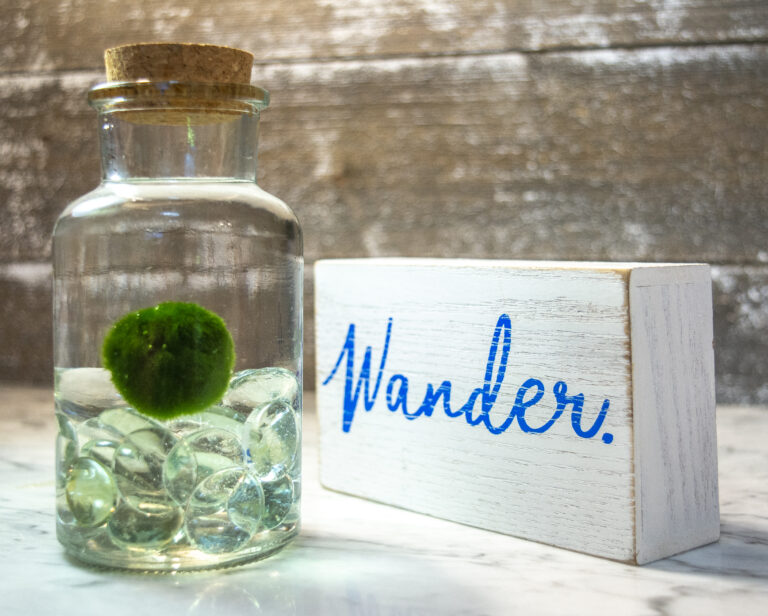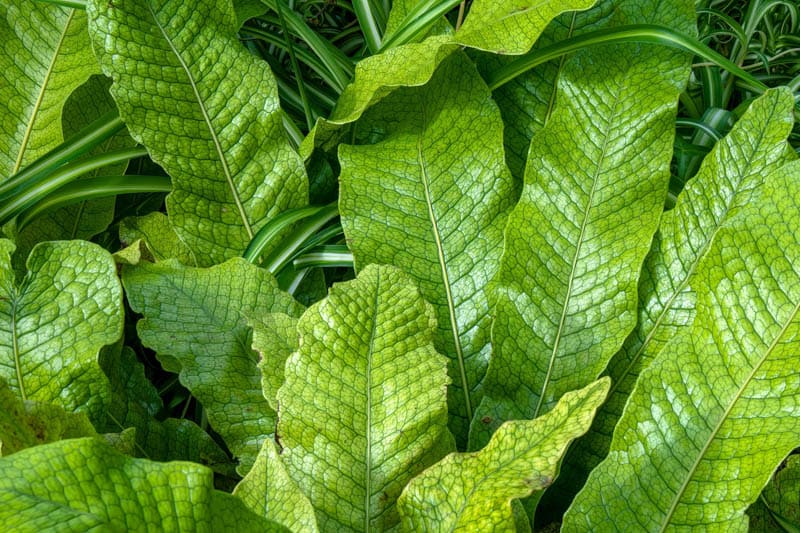Introduction
Crocodile ferns (Microsorum musifolium), with their unique, textured leaves resembling crocodile skin, are a popular choice among indoor plant enthusiasts. Known for their striking appearance and relatively low maintenance, these ferns can thrive year-round with the right care. This guide will delve into the secrets of keeping your crocodile fern healthy and vibrant, from understanding its natural habitat to mastering watering, light, and fertilization needs. Whether you’re a seasoned plant parent or a novice, this comprehensive article will equip you with the knowledge to ensure your crocodile fern flourishes in any season.
Understanding the Crocodile Fern
Origins and Natural Habitat
Crocodile ferns originate from the tropical rainforests of Southeast Asia, where they thrive in warm, humid environments. Understanding their natural habitat is crucial to replicating similar conditions in your home. These ferns typically grow as epiphytes, attaching themselves to trees and absorbing moisture and nutrients from the air and surrounding debris. Mimicking this environment will help your fern feel right at home.
Distinctive Features
One of the most captivating features of the crocodile fern is its fronds, which can grow up to three feet long. The leaves have a glossy, leathery texture with a distinctive pattern of raised veins, giving them a reptilian appearance. This unique texture not only adds to their aesthetic appeal but also makes them more resilient to environmental stressors.
Planting and Potting
Choosing the Right Pot
Selecting the appropriate pot is the first step in ensuring your crocodile fern’s health. Opt for a pot with good drainage to prevent waterlogging, which can lead to root rot. Terra cotta pots are an excellent choice as they allow excess moisture to evaporate, maintaining a balanced moisture level in the soil.
Potting Mix
A well-draining potting mix is essential for crocodile ferns. A mix containing peat, perlite, and orchid bark mimics their natural epiphytic environment. This combination ensures good aeration and retains enough moisture without becoming waterlogged. Adding a layer of sphagnum moss on top can help retain humidity around the plant.
Watering and Humidity
Watering Schedule
Crocodile ferns prefer consistently moist soil but are sensitive to overwatering. Water your fern when the top inch of the soil feels dry to the touch. During the growing season (spring and summer), you may need to water more frequently, whereas in the dormant period (fall and winter), reduce the frequency but maintain a consistent moisture level.
Humidity Requirements
High humidity is crucial for the crocodile fern’s health. Aim for a humidity level of 60-80%. If your home is dry, especially during winter, consider using a humidifier or placing a tray of water near the plant to increase humidity. Regular misting can also help, but be careful not to overdo it as excessive moisture on the leaves can lead to fungal issues.
Light and Temperature
Light Preferences
Crocodile ferns thrive in bright, indirect light. Direct sunlight can scorch the leaves, so it’s best to place them near a north or east-facing window. If natural light is insufficient, especially in the winter months, you can use fluorescent or LED grow lights to supplement their light needs.
Temperature
Maintaining an optimal temperature is vital for your crocodile fern. They prefer temperatures between 60-75°F (15-24°C). Avoid placing them near drafts, air conditioning vents, or heating sources, as sudden temperature fluctuations can stress the plant.
Feeding and Fertilization
Fertilization Schedule
Crocodile ferns benefit from regular feeding during the growing season. Use a balanced, water-soluble fertilizer diluted to half strength every four to six weeks from spring to early fall. Avoid over-fertilizing, as this can lead to salt buildup in the soil, which can harm the plant’s roots.
Organic Alternatives
If you prefer organic options, compost tea or a diluted fish emulsion can provide necessary nutrients. These natural fertilizers improve soil health and offer a slow-release of nutrients, promoting steady growth.
Pruning and Maintenance
Pruning Tips
Regular pruning helps maintain the shape and health of your crocodile fern. Remove any dead or yellowing fronds to encourage new growth and improve air circulation around the plant. Use clean, sharp scissors to avoid damaging the plant.
Pests and Diseases
Crocodile ferns are relatively resistant to pests, but they can occasionally attract spider mites, scale, or mealybugs. Regularly inspect your plant for any signs of infestation and treat with insecticidal soap or neem oil if necessary. Maintaining proper humidity and air circulation can prevent many common issues.
Repotting
When to Repot
Crocodile ferns typically need repotting every 1-2 years. Signs that your plant needs repotting include roots growing out of the drainage holes or the plant becoming root-bound. Repot in the spring when the plant is entering its active growth phase.
Repotting Process
Gently remove the plant from its current pot and inspect the roots. Trim any dead or damaged roots and place the fern in a slightly larger pot with fresh potting mix. Water thoroughly after repotting and keep the plant in a shaded area for a few days to help it adjust.
Conclusion
Caring for a crocodile fern can be a rewarding experience, adding a touch of exotic beauty to your indoor garden. By understanding its natural habitat and providing the right conditions—proper watering, humidity, light, and nutrition—you can ensure your crocodile fern thrives year-round. With regular maintenance and attention to detail, your plant will continue to flourish, bringing vibrant greenery and a unique aesthetic to your home. Happy planting!















